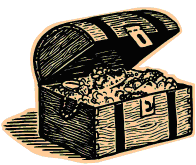
scrounge: /skrounj/ informal verb: to actively seek [books] from any available source
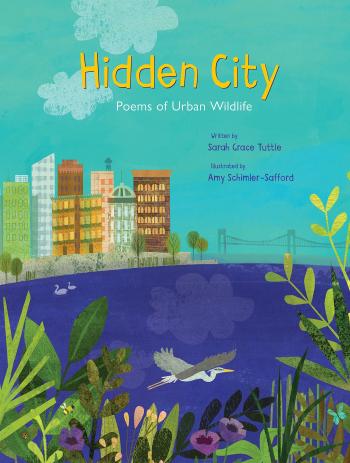
I hadn't thought about it much before this, but many of the books of animal poetry I've read tend to focus on animals in their more rugged, wild environments, or perhaps farm animals -- but certainly in rural settings. Hidden City is a bit different, providing factual, descriptive poems about wild animals that live near people or make their habitats in populated areas.
From back yards and living rooms to dark alleys and skyscrapers, this book highlights the presence of animals of all sizes in these urban spaces, and gives a straightforward poem about each one, highlighting something that it does.
Whether reading about migrating geese that have stopped for a rest, moss in sidewalk cracks, or raccoons scrounging through a trash can, you certainly don't need to live in a city to appreciate these short glimpses into the lives of many different types of wildlife. The full-page illustrations are full of color and texture, making this a wonderful book to share with young children, and help them appreciate not only poetry, but the animals and other bits of nature that are all around them no matter where they go.
Scrounged From: A LibraryThing giveaway
Format: Hardcover
Author: Sarah Grace Tuttle
Illustrator: Amy Shimler-Safford
Pages: 48
Content Advisory: None
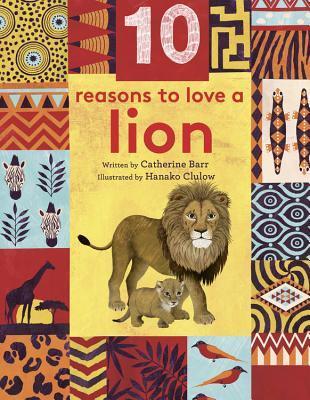
Perhaps I'm biased since I already agree with the premise of this book, but lions have always been one of my favorite animals and are totally the "king of beasts," so I enjoyed 10 Reasons to Love ... a Lion, and the way it introduces lions' characteristics, habitat, and lifestyle.
It's a short, informational read, and each double-page illustration includes some other animals and plants that are also found on the African savannah.
(Thanks to NetGalley for the review copy.)
Scrounged From: NetGalley
Format: Kindle
Author: Catherine Barr
Illustrator: Hanako Clulow
Pages: 24
Content Advisory: None
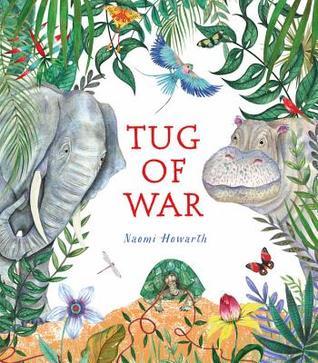
My favorite things about Naomi Howarth's Tug of War are the really lovely illustrations, depicting intricate patterns of jungle foliage, bright birds and butterflies, and visually appealing use of colors in general, with the brighter colors standing out against the earth tones and greens of plants, as well as the green of a tortoise who is the main character.
Tortoise wants to make some new friends, but unfortunately the elephant and hippopotamus look down on him because he's slow and wrinkly and not as big and impressive as they are. He finds a way to use their pride against them with a little trick though, and demonstrates that being smaller in size does not mean inferior.
I do appreciate the message of the book, though perhaps it's a tad too simplistic in the way it wraps up. I would also hope that even though children will probably enjoy this story, they will learn to recognize that in real life not every insult should compel you to have to "prove" your abilities to others.
(Thanks to NetGalley for the review copy.)
Scrounged From: NetGalley
Format: Kindle
Author: Naomi Howarth
Pages: 32
Content Advisory: Some unkind name-calling, like "stupid."
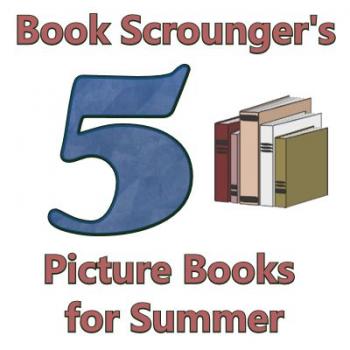
Summer in literature is often seen as a time of adventure and exploration -- but it can also be a time to stop, relax, and enjoy nature. Regardless, here are some picture books we really enjoy, that seem to embody the spirit of summer.
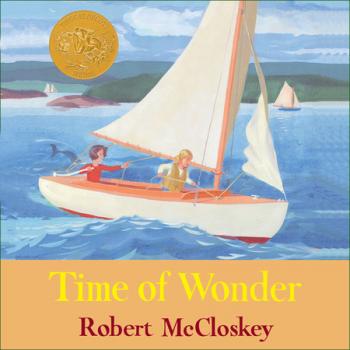
Time of Wonder is a classic McCloskey book (winner of the Caldecott Medal in 1958) that I read as a child, but I'm not sure I really came to appreciate it much until adulthood. The text is very evocative, and written from a second-person perspective, but it is also fairly wordy for a picture book, especially since it doesn't really tell much of a story until closer to the end. I think this might make it less accessible to some children, especially younger ones. However, both of my kids have seemed to enjoy it at various points, especially reading about the storm at the end, and how the people and creatures prepare for and clean up after it. By the end, the sadness at leaving that place and going back to school feels very real.
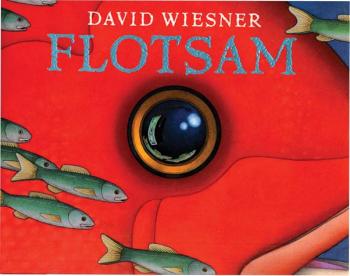
Flotsam is David Wiesner's fantasy story (winner of the Caldecott Medal in 2007) provides a secret view into what fish and other sea creatures are really up to down in the deep ocean, as discovered by a boy who finds a mysterious old camera that washes up on the beach. The story is told without any text at all, and while fairly simple, also manages to be absurd and mysterious, and the wordless nature of the book leaves some aspects and questions open to interpretation by the reader.
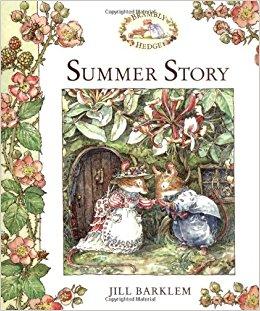
Probably not many Americans are familiar with Jill Barklem's Brambly Hedge series, but growing up in Britain, I was fortunate enough to have been introduced to it there and grew up with this sweet wedding story from the series. Summer is definitely "wedding season," yet I haven't found many picture books featuring weddings that aren't completely "about" them. This one covers the nuptials of Poppy and Dusty, two mice who decide to get married on a barge in the middle of a stream on a warm summer day. While it focuses on the wedding and preparations, the story doesn't get bogged down in the details, and leaves room for character development and lovely, detailed illustrations of the setting, including the mill (which Dusty oversees) and the intricate inner workings of the "dairy stump" (which Poppy oversees). It is really very evocative of summer in the British countryside, and as I've said before, no one seems to anthropomorphize rodents quite as well as the British.
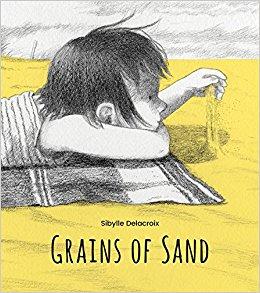
Grains of sand is a short and simple story of two children's summertime imaginings as they bring some sand home from the beach and wonder what would happen if they planted it. Nice illustrations as well -- see my full review here.
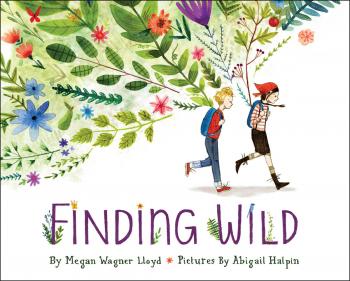
While Finding Wild is not necessarily about summer, it does embody the adventurous spirit that is so often a part of summer vacations and escapes. This book explores the concept of "wild" -- what is it, where is it, and how do you find it? Is it scary? Is it harmless? It may be harder to find in more populous areas, but it's still there -- if you look! See my full review here.
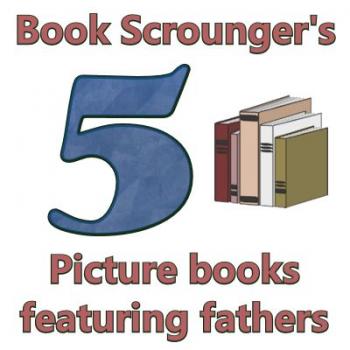
Since Father's Day is coming up, I thought it would be nice to collect some favorite picture books of ours that prominently feature father characters. Here are some of the best (in no particular order):
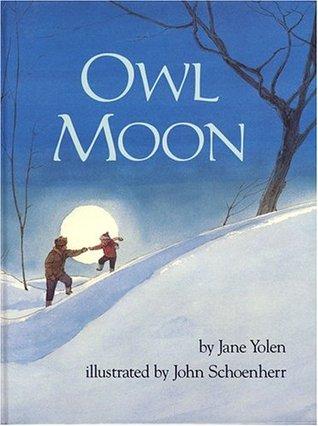
1. Winner of the Caldecott Medal in 1988, Jane Yolen's Owl Moon is the winter story of a father and daughter out for a quiet nighttime walk through the woods to see if they can see an owl. They're hoping for one as they give out the owl call, but as the girl has been told, "sometimes there's an owl and sometimes there isn't." Even though the father and daughter don't share many words, their shared experience is a picture of the many different forms that love can come in.
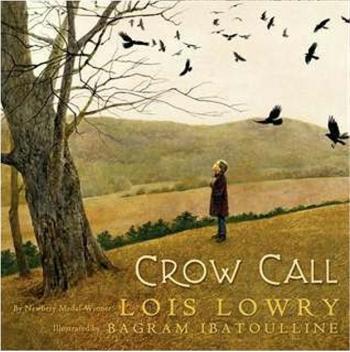
2. Speaking of fathers, daughters, and calling for birds, Crow Call, written by Lois Lowry (of The Giver series fame), also tells the story of a father and daughter who go for a walk in the woods looking for birds (though in this case they're hunting). Based on Lowry's own childhood, this book depicts a girl named Liz reconnecting with her father after his long absence in World War II. With lovely, realistic images by Bagram Ibatoulline, this story touches on several different themes, and ends with the hope that even a lapsed relationship can have a chance to begin again. It also makes a great autumn story.
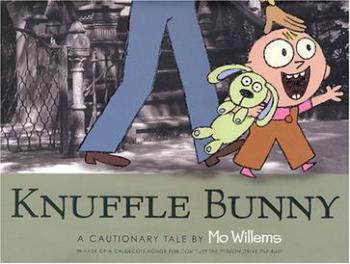
3. I really like the artwork in Knuffle Bunny by Mo Willems. It consists of black-and-white photographs of urban locations, with cartoonish characters drawn over them. Trixie is a little girl who goes to the laundromat with her father, and inadvertently leaves her cherished Knuffle bunny there. She realizes this during the walk home, but since she can't talk, she has to find other toddler-level ways to attempt to communicate this fact to her father. Parents will probably all be quite familiar with this kind of toddler behavior, as well as the hero daddy who saves the day by simply recovering a beloved toy.

4. One thing I like about Guess How Much I Love You is that it's the only book in this list that's specifically a father/son story. And I also really like that it's just about how much they each love each other. Both Big and Little Nutbrown Hare use a variety of physical activities and distances to try to demonstrate the extent of their love -- and I think, in the end, the consensus must be that love is simply too big to measure.
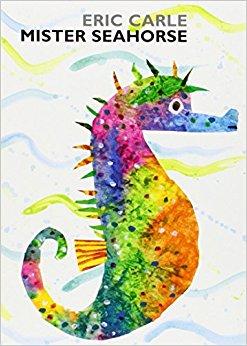
5. While the text of Mister Seahorse is fairly repetitive, Eric Carle's colorful illustrations are magnificent as always (I love the hippie-looking seahorses), and the book also includes some partially transparent pages with fish hiding behind them, which is fun for kids. I also like this book because it depicts several different species of fish in which it is the male that cares for the eggs (and sometimes even after they hatch), rather than the female. In a world where parent/child animal stories are often dominated by mothers, it is nice to see this exception, especially since it's based in fact!
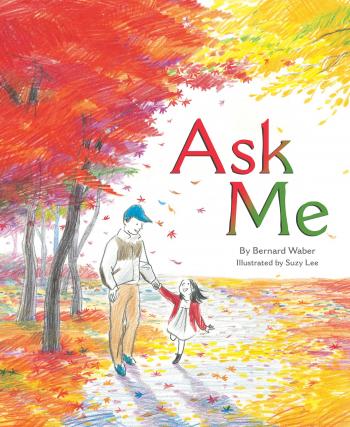
Bonus: in some ways Ask Me is very opposite of Owl Moon in that the father and daughter do not have to be quiet -- in fact, the daughter is quite the chatterbox. The whole text of this story by Bernard Waber contains the back-and-forth musings, questions, and answers between a father and his talkative young daughter, aided by Suzy Lee's expressive and colorful illustrations.

